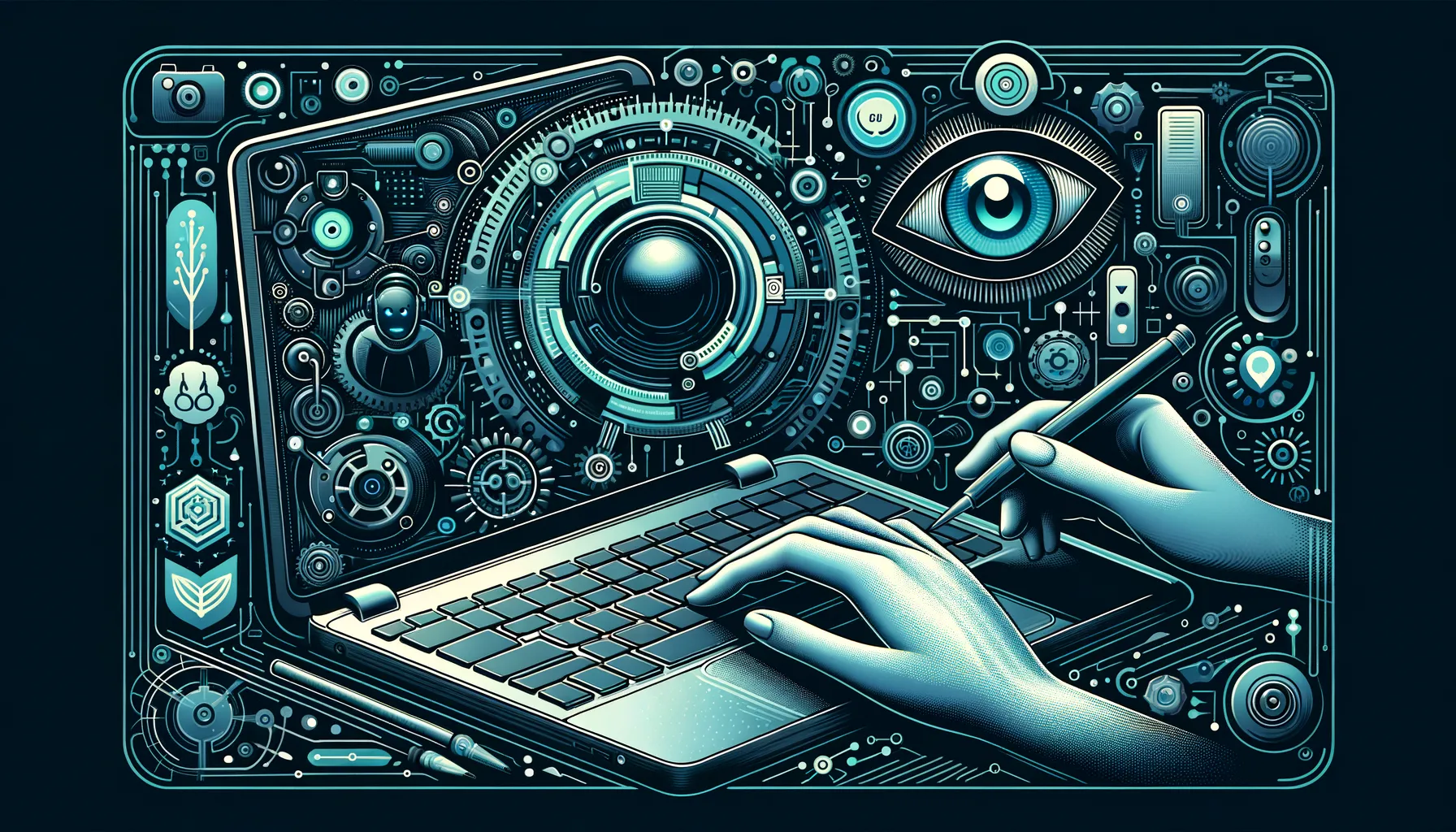Friday 28 March 2025, 02:01 PM
Understanding speech recognition and its everyday applications
Speech recognition allows devices to understand speech, converting it into text or commands. From early models to today's AI, it enhances daily interactions.
Ever found yourself talking to your phone or computer, and it actually understands you? It's not magic—it's speech recognition! This technology has woven itself into our daily lives, often without us even noticing. From setting reminders hands-free to asking for directions while driving, speech recognition has made interacting with our devices more natural and convenient. Let's dive into what speech recognition is all about and how it's changing the way we interact with the world.
What is speech recognition?
At its core, speech recognition is the ability of a machine or program to identify words spoken aloud and convert them into readable text or execute commands. It's like teaching our devices to "listen" and "understand" human language. While it might seem straightforward, getting a computer to comprehend speech involves some pretty complex tech wizardry involving acoustics, language processing, and machine learning.
A brief history
Believe it or not, the journey of speech recognition dates back to the early 1950s. The first systems, like Bell Laboratories' "Audrey," could only recognize digits spoken by specific voices. In the decades that followed, researchers developed systems capable of understanding a limited vocabulary, but they were still far from conversational.
The real breakthroughs came with the advent of Hidden Markov Models in the 1980s, allowing better handling of speech variations. Fast forward to the 2000s, and the integration of deep learning and neural networks significantly improved accuracy and processing speed. Today, we have assistants that can carry on full conversations and adapt to different accents and languages!
How does speech recognition work?
You might wonder how your smartphone can make sense of your mumbling on a noisy street. Here's a simplified rundown:
- Voice input: It all starts when you speak into a microphone. The device captures your voice as an analog sound wave.
- Analog-to-digital conversion: These sound waves are converted into digital data that the computer can process. This involves sampling the sounds at very high rates.
- Preprocessing: The system cleans up the audio data by filtering out background noise and normalizing volume levels to ensure consistency.
- Feature extraction: The system analyzes the audio to identify distinctive features, such as frequencies and patterns. This often involves breaking the audio into small frames and analyzing each one.
- Acoustic modeling: The features are compared to statistical representations of phonemes (the smallest units of sound in a language). This helps the system understand which sounds are being spoken.
- **Language

